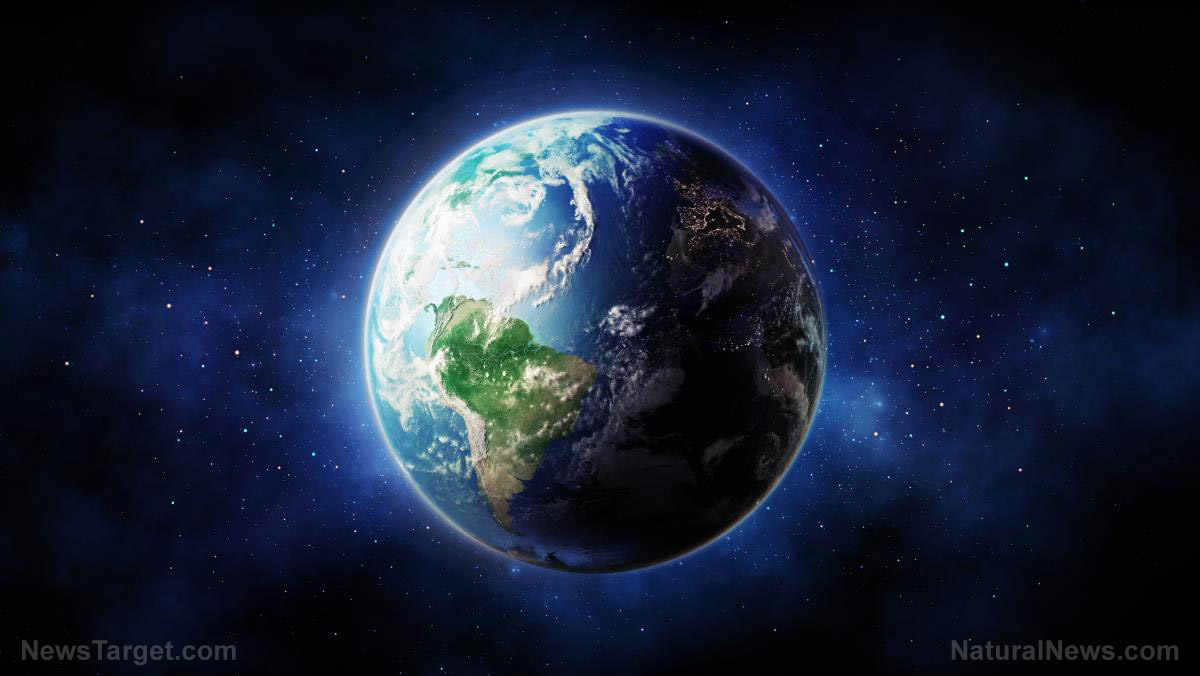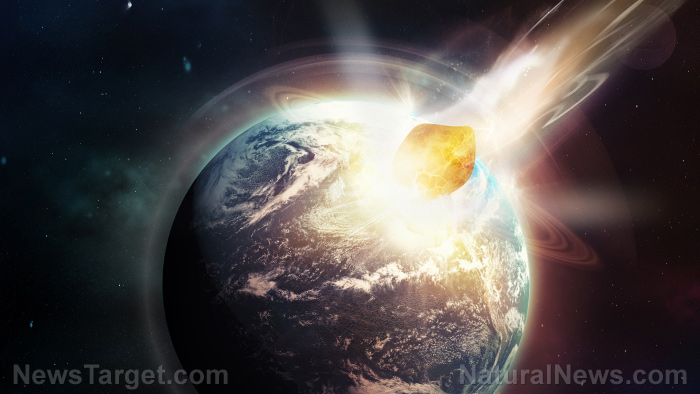
2008 GO20 measures between 302 and 688 feet wide. It travels through space at a speed of 8.18 kilometers per second or 18,299 miles per hour and is classified under the "Apollo" group of bodies. Apollo asteroids are described as near-Earth objects that cross the Earth's orbit, such as that of 1862's Apollo, the first discovered from the group. However, despite its proximity, there is little chance that it will make contact with the planet.
The agency said that while near-Earth objects (NEOs) like 2008 GO20 occasionally approach the Earth, this may actually mean millions or tens of millions of kilometers in distance.
A report from Science Times said that GO20 is projected to pass Earth from a close but safe distance of 0.03283 astronomical units (AU) or 3.05 million miles – more than 12 times the distance of the moon from the Earth. In relation, the average distance between the Earth and the sun is around 93 million miles.
EG24 News reported that while the asteroid will pass unnoticed from Earth, it is listed on NASA's Close Approaches website.
Asteroid nothing to worry about, say experts
There are over 26,100 NEOs in the solar system, as of June 2021. Scientists say that no asteroid poses a threat to the Earth's safety for the next few hundred years.
Most asteroids that enter the Earth's atmosphere break up and burn up upon entry. On rare occasions, some meteors may evade detection upon entry. However, there are some cases where asteroids survive atmospheric entry and cause a mid-air explosion or significant ground impact. This was seen in the Chelyabinsk event in 2013, which caught astronomers off-guard. A meteor the size of a house was seen over Russia's Chelyabinsk Oblast on February 15 and detonated in mid-air, causing significant damage. It blew out windows within a 200-mile radius, injuring more than 1,600 individuals, and served as a "cosmic wake-up call," said NASA's Planetary Defense Officer Lindley Johnson, five years after the catastrophe.
"The Chelyabinsk event drew widespread attention to what more needs to be done to detect even larger asteroids before they strike our planet," he said. (Related: Astronomers detect closest asteroid to fly by the Earth six hours too late.)
UN, NASA set space objects defense system
On the same day as the Chelyabinsk event, the United Nations Committee on Peaceful Uses of Outer Space Working Group on Near-Earth Objects was holding a meeting in Vienna, Austria, to finalize a recommendation to the U.N. on how to defend Earth from possible asteroid impacts.
The meeting led to an endorsement for the establishment of an International Asteroid Warning Network. This network is expected to collaborate regarding the detection and tracking of potential impact hazards. It also endorsed the Space Missions Planning Advisory Group, a forum for national space agencies to collaborate in preventing possible asteroid impact.
NASA itself developed a planetary defense system capable of diverting dangerous space bodies. Set to launch this November, the Double Asteroid Redirection Test (DART) Mission will send a spacecraft that will crash itself on the 780-meter asteroid Didymos' moonlet at a speed of 6.6 kilometers per second. The crash is expected to happen in October 2022 and is also expected to produce a kinetic impact that could deflect the asteroid from its orbit and away from Earth.
If the DART mission is successful, it can enhance security from other threats, such as smaller solar system bodies.
Read more about space explorations and the possible effects of asteroid collisions at Cosmic.news.
Sources include:
Please contact us for more information.























